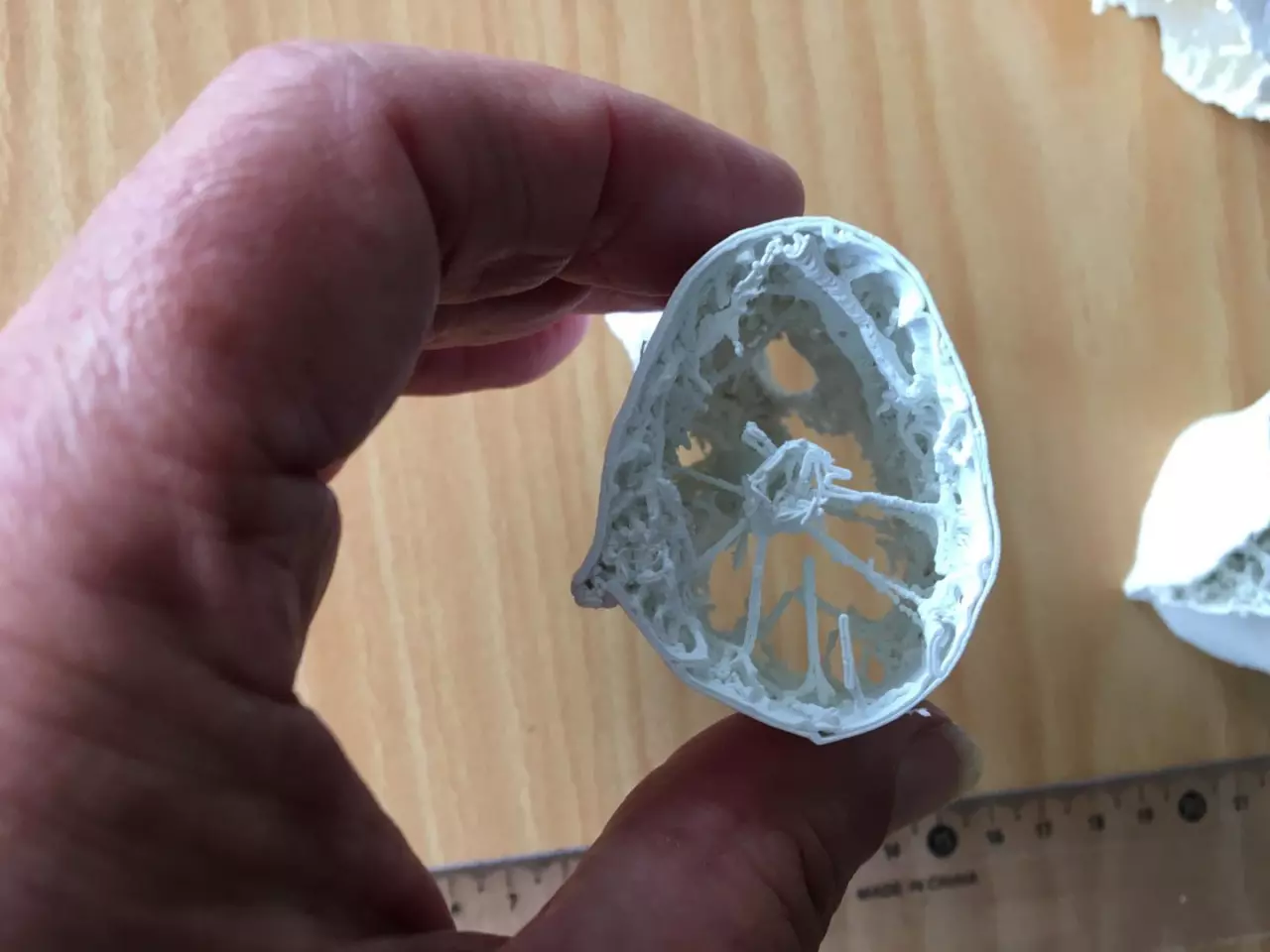While dinosaurs roamed the Earth, flying reptiles called pterosaurs ruled the skies above. These included the largest animals to ever take flight, and a new study has uncovered some of the biological secrets that helped them grow so large. CT scans have revealed that the neck vertebrae of giant pterosaurs had a unique supporting structure never seen in any other animal.
The study, by paleontologists at the University of Portsmouth, focused on azhdarchids, a family of pterosaurs that ranged in size from a cat to a Cessna 172. Like any animal that wants to fly, their skeletons were made up of thin-walled, lightweight bones – but with necks longer than that of a giraffe, they should have struggled to carry the weight of their heads.
Previous studies had shown that the necks of azhdarchids weren’t very flexible. So how did these gigantic creatures avoid breaking their necks every time they snatched up prey, or encountered a strong headwind? To find out, the researchers on the new study performed CT scans of five cervical vertebrae that had been so well preserved that they retained their three-dimensional structure.
As previously assumed, it turned out that pterosaurs do have neck bones with a tube-within-a-tube structure, with the inner one being the neural tube that contains the spinal cord. But to the team’s surprise, the CT scans also revealed a unique, intricate supporting structure.

"It is unlike anything seen previously in a vertebra of any animal,” says Dave Martill, an author of the study. “The neural tube is placed centrally within the vertebra and is connected to the external wall via a number of thin rod-like trabeculae, radially arranged like the spokes of a bicycle wheel and helically arranged along the length of the vertebra. They even cross over like the spokes of a bicycle wheel. Evolution shaped these creatures into awesome, breathtakingly efficient flyers."
Consulting with engineers, the researchers analyzed the structure and found that as few as 50 of these spokes would have boosted the weight the necks could carry by 90 percent.
"It appears that this structure of extremely thin cervical vertebrae and added helically arranged cross-struts resolved many concerns about the biomechanics of how these creatures were able to support massive heads – longer than 1.5 m (4.9 ft) – on necks longer than the modern-day giraffe, all whilst retaining the ability of powered flight,” says Martill.
This study adds further evidence that pterosaurs had fascinatingly advanced biology – another recent study showed that a related species had the oldest known examples of opposable thumbs.
The research was published in the journal iScience. A cross-section animation of the vertebrae can be seen in the video below.
Sources: The Conversation, Cell Press via Eurekalert





